India has a rich cultural heritage that beautifully blends art, religion, philosophy, and science. Our ancient culture, shaped by continuous interactions with various civilizations, has absorbed numerous foreign influences over time.
A Glimpse into History
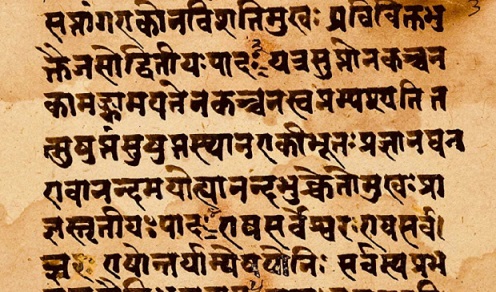
The earliest signs of civilization in India appeared around 4000 BCE. Since then, India has witnessed a seamless progression of cultures and advancements.
The grandeur of our ancient epics like the Ramayana and Mahabharata not only offers timeless lessons but also showcases a mythology that has evolved and gained new meanings over time.
These stories, passed down through generations, either orally or through meticulously kept records, form the bedrock of Indian mythology. They are a captivating way to introduce both locals and outsiders to the rich Indian culture.
Ancient Innovations Ahead of Their Time
Interestingly, many modern technologies have roots in Indian mythology. Let’s explore some ancient Indian inventions that predate their modern counterparts.
1. Atomic Bomb or Brahmastra?
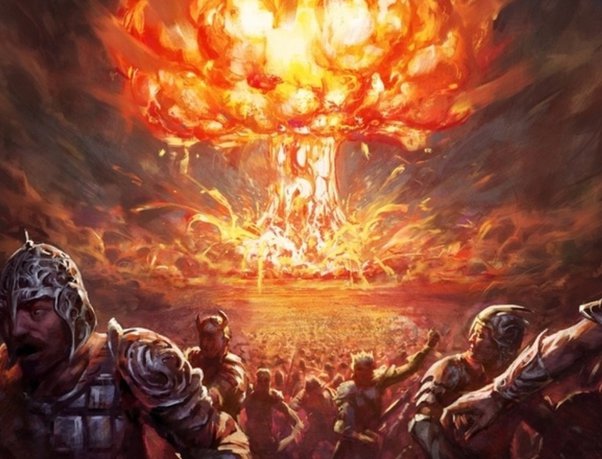
During World War II, the US developed the nuclear bomb under the leadership of Dr. Julius Robert Oppenheimer, who was influenced by the Hindu sacred text, the Bhagavad Gita. He famously quoted from it after witnessing the first nuclear explosion:
“We knew the world would not be the same. A few people laughed. A few people cried. Most people were silent. I remembered the line from the Hindu scripture, the Bhagavad-Gita. Vishnu is trying to persuade the Prince that he should do his duty, and to impress him, takes on his multi-armed form and says, ‘Now I am become Death, the destroyer of worlds.’ I suppose we all thought that, one way or another.”
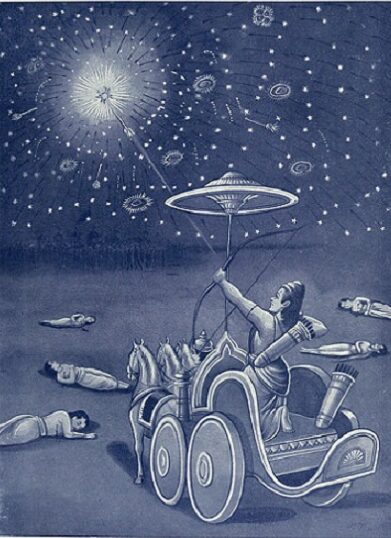
The Bhagavad Gita, part of the Mahabharata, contains descriptions that some interpret as references to nuclear weapons. The epic describes the Brahmastra, a powerful weapon emitting blinding light and immense heat, causing widespread destruction—eerily similar to modern nuclear bombs.
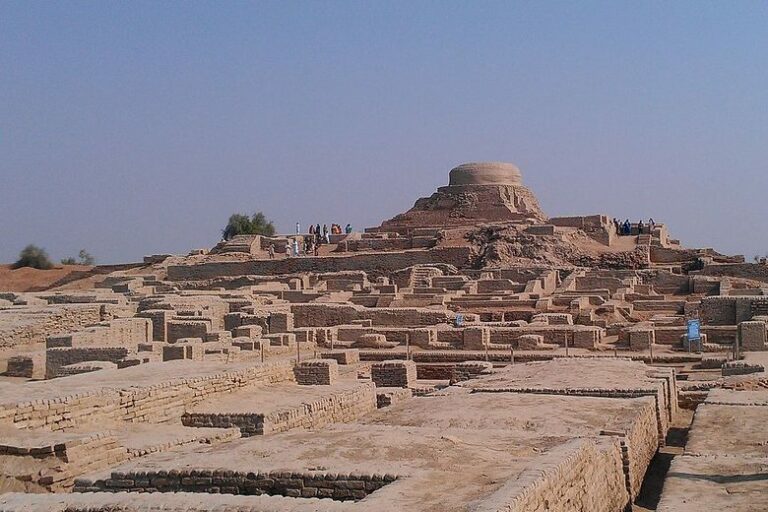
The ruins of Mohenjo Daro and Harappa show evidence of high radiation levels, hinting at possible ancient nuclear activity. Could this be the Brahmastra?
2. Ancient Vimana or Modern Airplane?
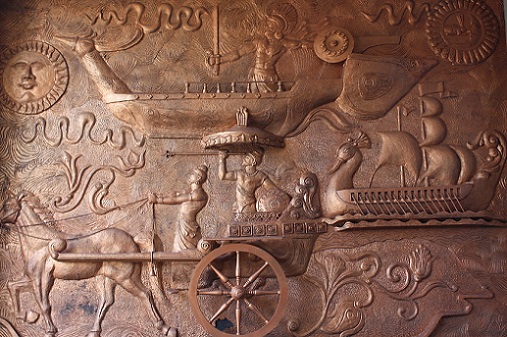
In ancient Indian texts like the Ramayana, ‘Vimana’ refers to flying vehicles. The demon king Ravana’s ‘Pushpak Vimana’ could travel at the speed of thought, adorned with jewels and equipped with curved wings that straightened when activated.
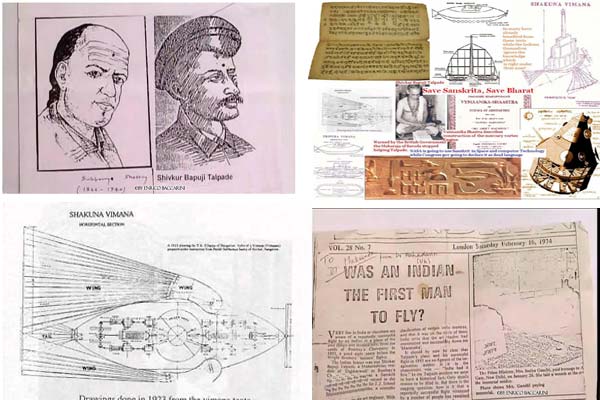
Inspired by this, Shivkar Talpade attempted to build an airplane eight years before the Wright Brothers. Although his attempt was not widely recognized, it shows that the concept of flight existed in ancient India.
3. Artificial Womb or Ayonija?
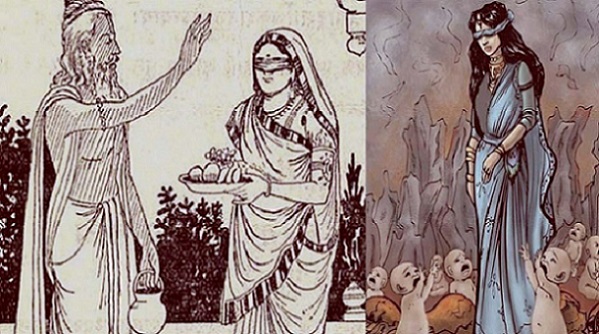
Modern medicine offers alternatives to traditional childbirth, such as surrogacy and artificial wombs. Similarly, in the Mahabharata, Gandhari gave birth to the Kauravas through an unconventional method involving clay pots, demonstrating the concept of ‘Ayonija’ or birth without a womb.
Looking Forward
These fascinating insights from our ancient texts remind us that India was ahead of its time, envisioning futuristic technologies long before the rest of the world.
We hope these stories inspire young scientists to explore the mythological foundations of Indian science and technology, propelling India towards becoming a global leader in research and innovation.